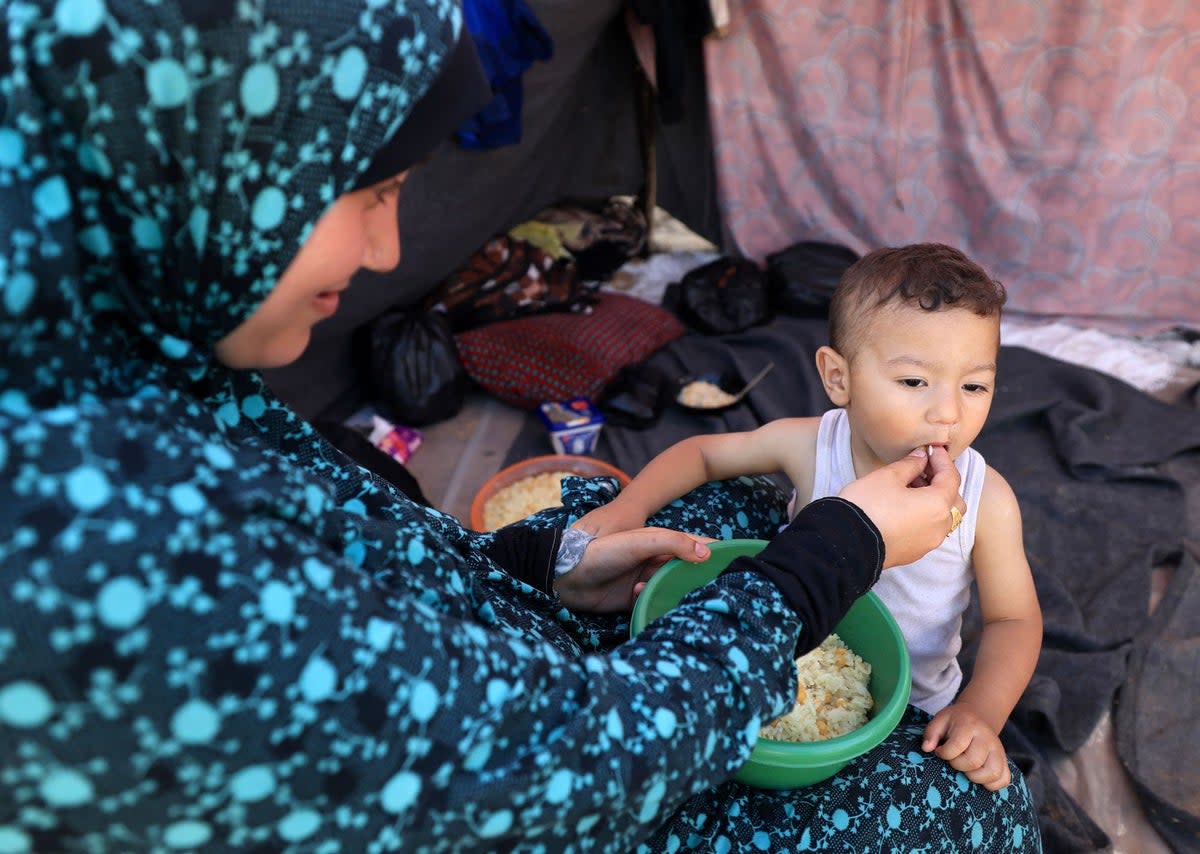London professor helps Gaza doctors with world first manual for treating children with blast injuries

A London academic is working with doctors in Gaza to help design the world’s first treatment manual for children suffering from blast injuries.
Dr Emily Mayhew, internal lead for Paediatric Blast Injury Research at Imperial College London, said the manual will help doctors in war zones treat child patients who have suffered an injury from a bomb blast or a collapsed building.
More than 13,800 children have died and a further 12,009 have been injured since war erupted in Gaza in October last year, according to the latest figures from the UN Office for the Co-ordination of Humanitarian Affairs and the Hamas-run Ministry of Health.
Until now there has been no comprehensive manual for doctors on how to manage pain in children with major trauma from a war injury.
Dr Mayhew told the Standard: “For doctors, if you have never treated a child in a war zone before it can be very unnerving. You may have treated adults, but when somebody brings you a small body on a stretcher you can lose a lot of your confidence.”
She said that the nature of the conflict in Gaza and its high population density meant that clinicians were treating a high number of crush injuries, where buildings have collapsed onto children.
“A crush can cause even more complex injuries, particularly if rubble lands on your limb and it impacts blood circulation. The problem with these injuries is that children are still growing. You can attach a prosthetic limb, but within three months that child will need a new one as they have grown and they will be in huge pain,” she said.
More than 1,000 copies of an Arabic translation of the manual have been distributed to medics in Gaza since November last year.
The manual has already been used in Syria and Yemen, which have both seen a high rate of blast injuries among civilians during long-running conflicts in the past decade. Copies of the manual have also been distributed in Ukraine.
Dr Mayhew said that children in Gaza would need a long-term pain management strategy for their injuries, but that the lack of medical and humanitarian resources made this difficult.
“We are unlikely to eliminate their pain, but the manual is a place to start. Sometimes the solution isn’t high tech: a small book can work better than a 3D printer.”
The manual was funded by The World Innovation Summit for Health (WISH), the global health initiative of Qatar Foundation.
On April 27, around 40 doctors in Doha met with medics with experience working on the ground in Gaza to help further the manual’s development ahead of an official launch in November.


